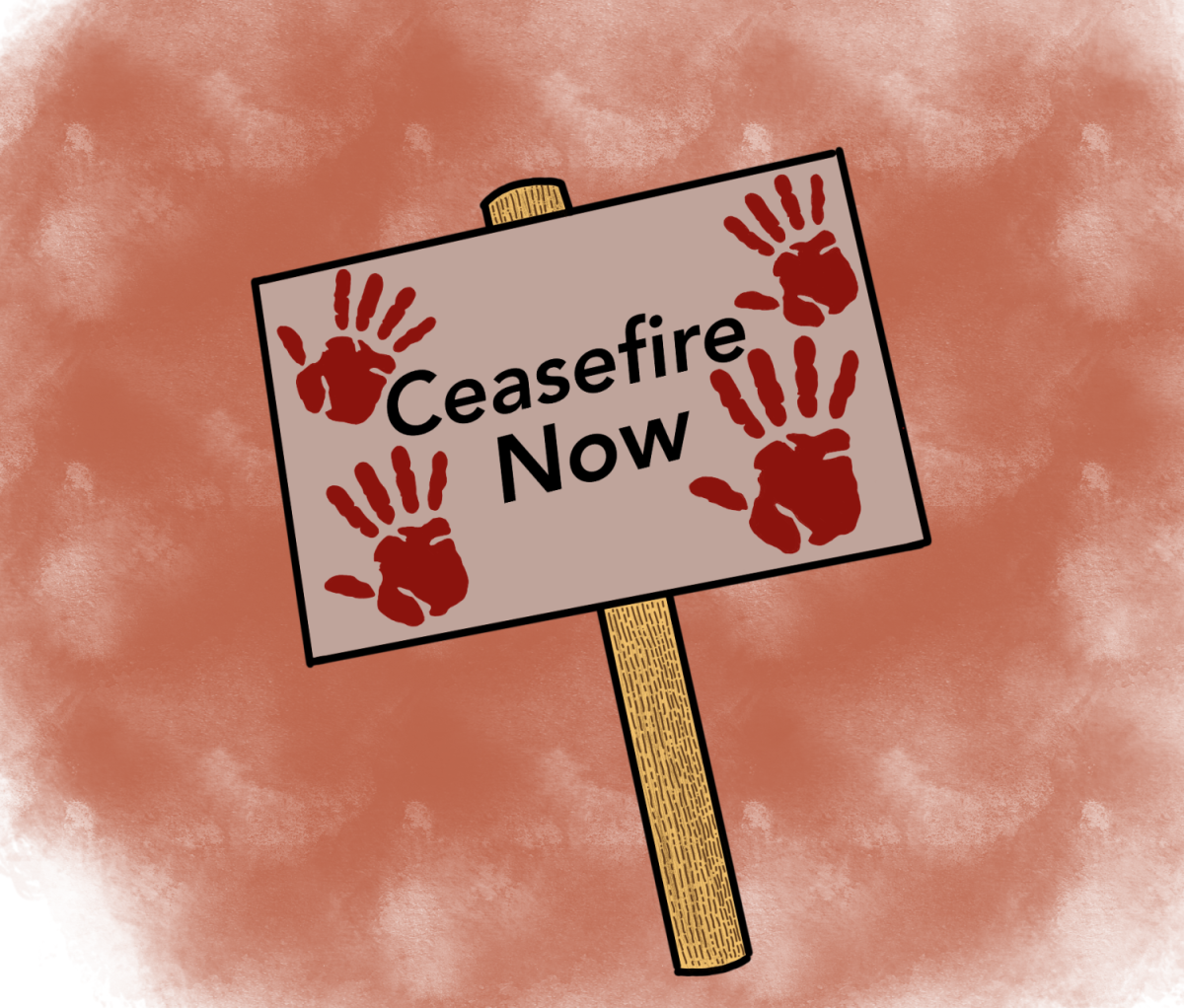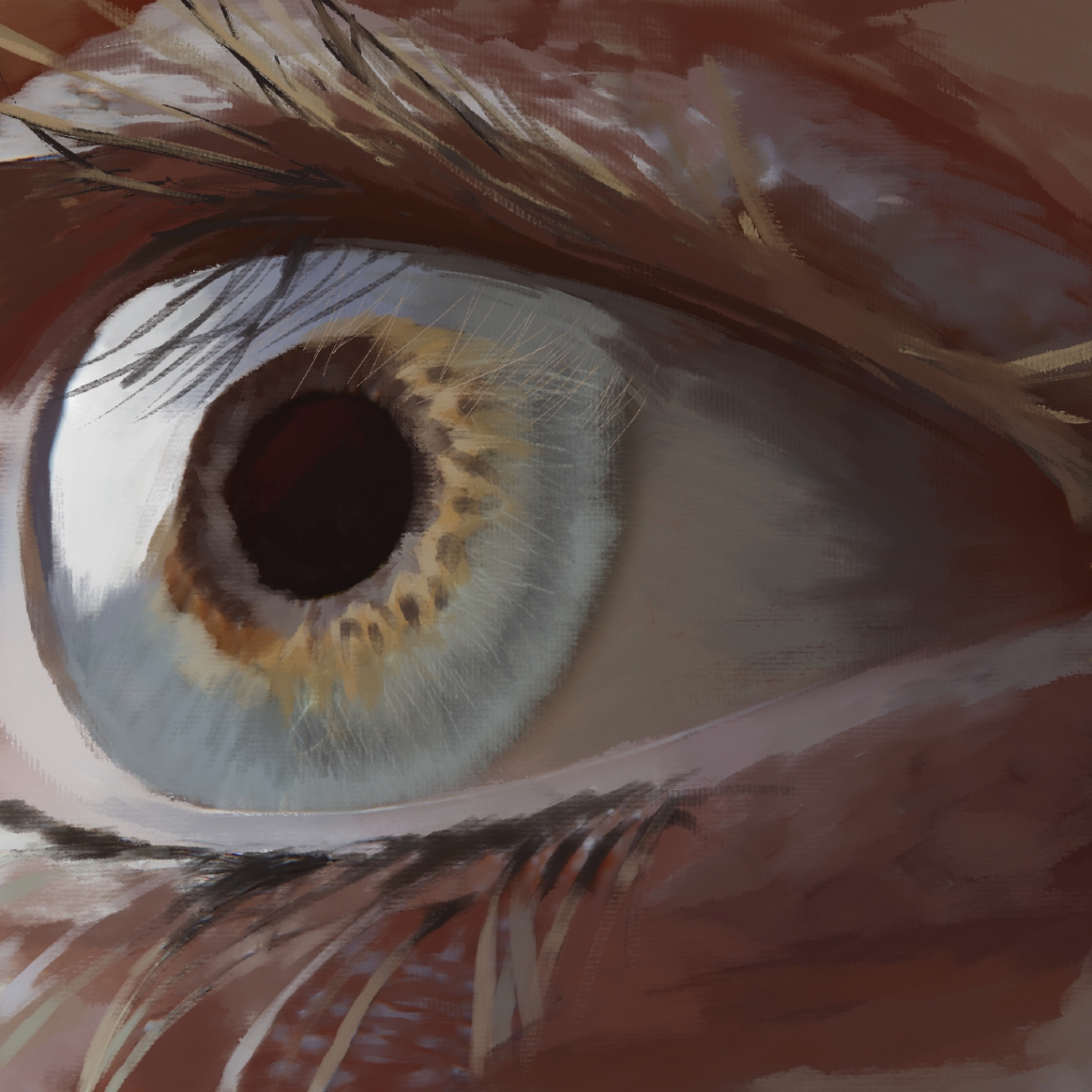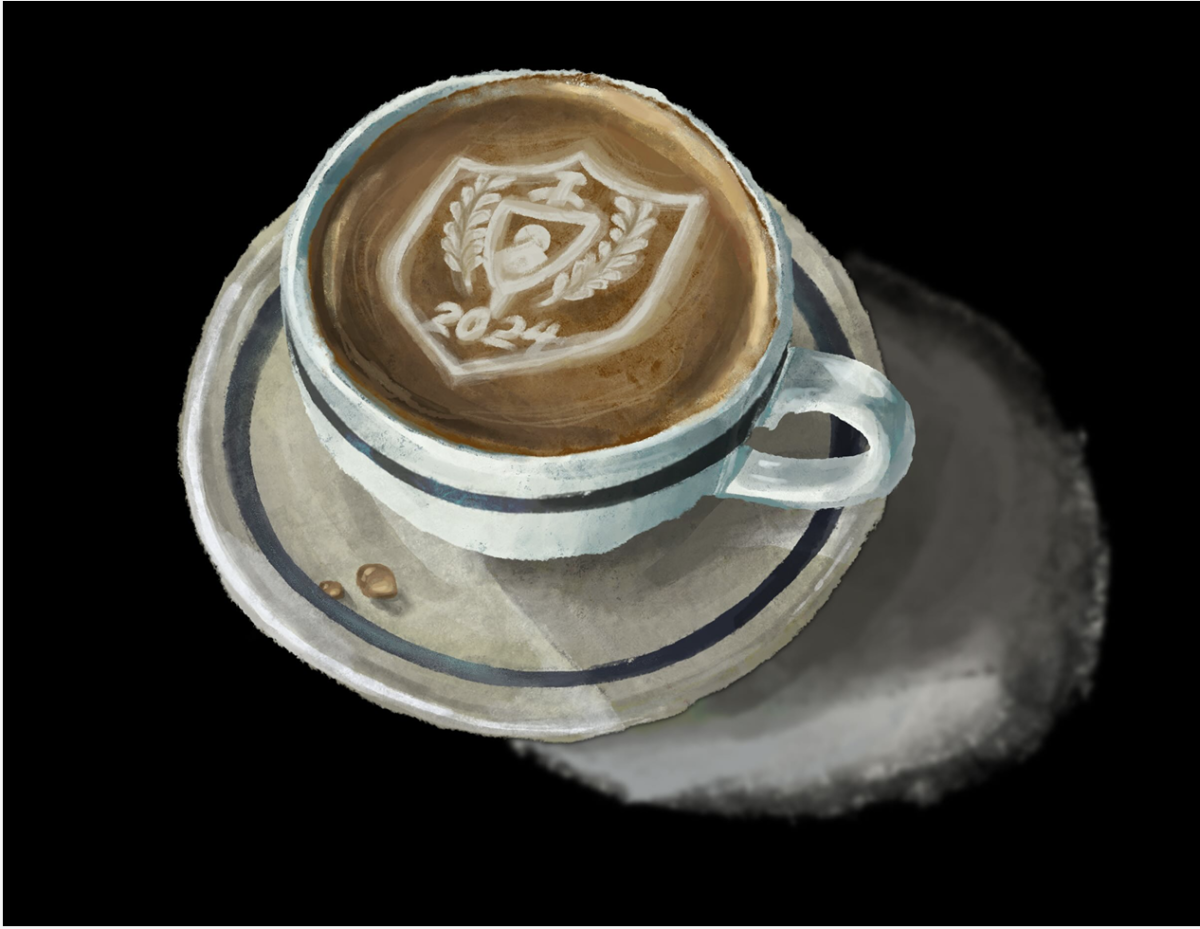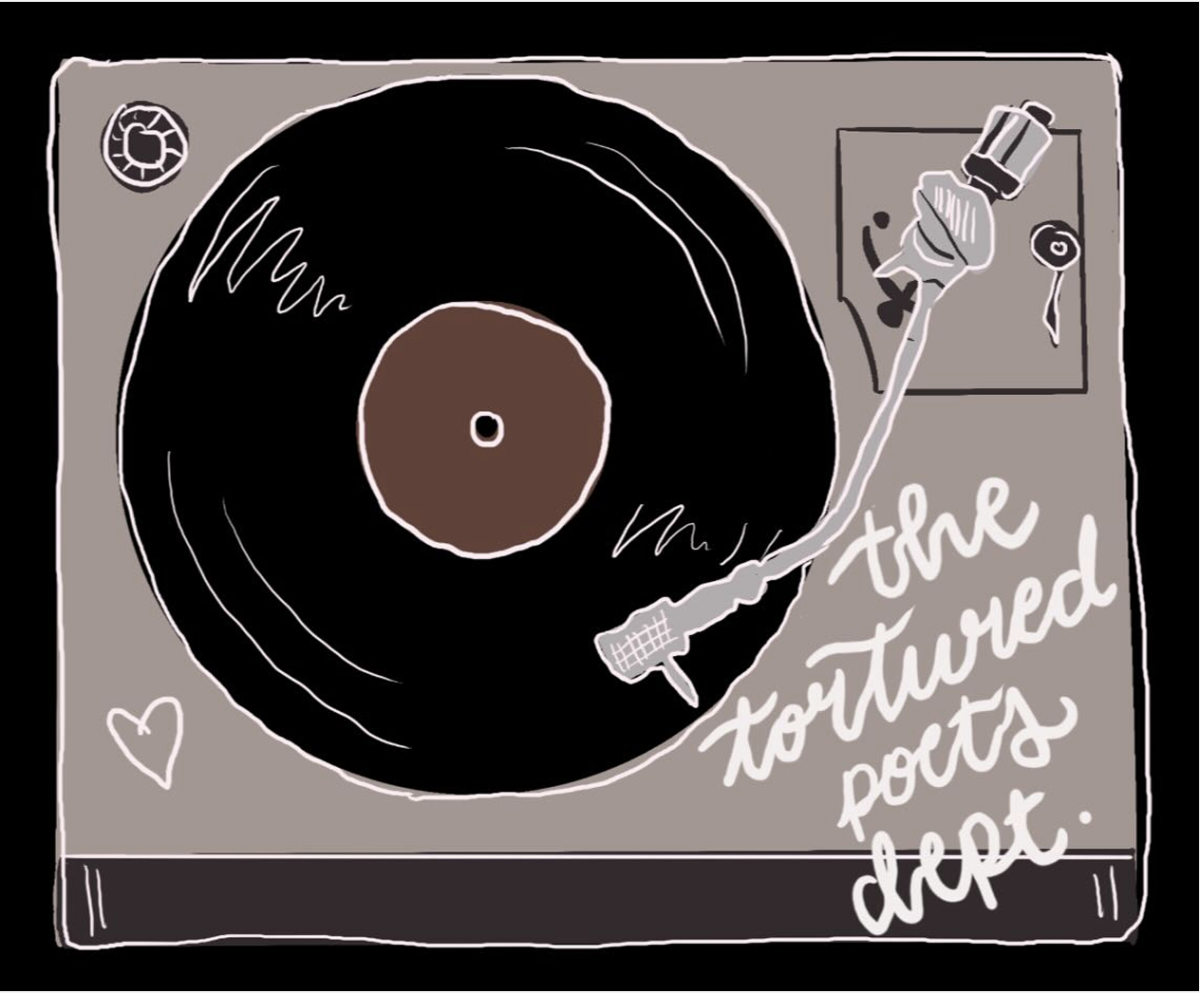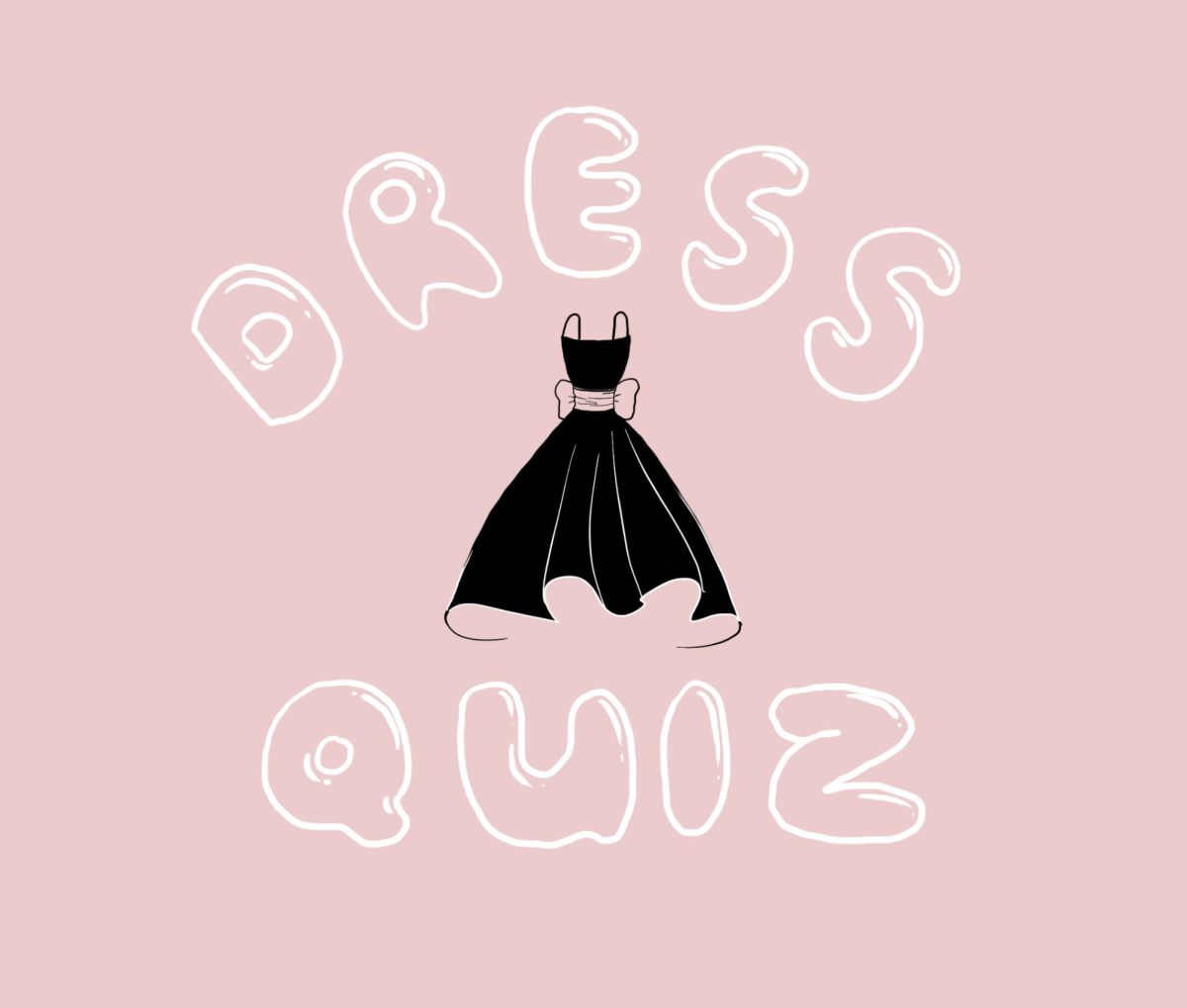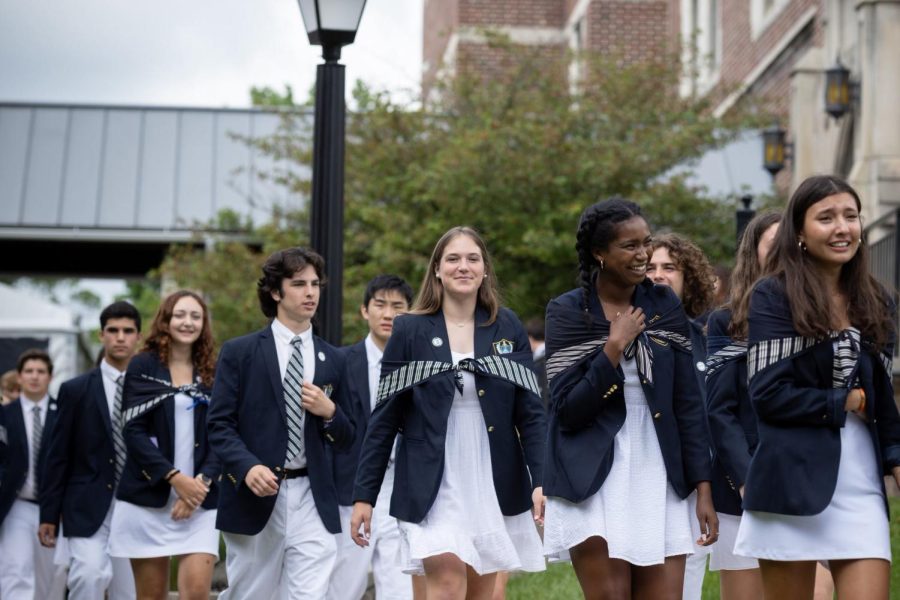Breaking Chains has become changing scarves
Media: Sarah Bender
Students walk during the 2022 commencement. The way scarves are worn by female-identifying students has come under criticism in recent years.
The Hill School is a place full of unforgettable traditions that students look forward to. As we approach graduation, underformers witness the exciting traditions that they will one day experience for themselves. From sixth form dress to jumping into the Dell, sixth form year might just be the best year for creating memories. Daniel Schlegel ’23 speaks of his excitement for the throwing of stones at the bell, which resides next to the Ryan Library. “I’m excited because I walk past [the bell] every day with the knowledge that I’m going to stone it one day,” he writes.
However, a tradition is something created in history, and history hasn’t been kind to all those that it writes about. Our school became coeducational in September 1998—a shockingly late date for some. Since then, worldviews regarding women have changed, but some of Hill’s traditions are rooted in a history that did not allow the voice of a female student to echo through its halls. Maggie Delany ‘11 wrote in a 2010 Hill News article that “the reason that Hill struggles with female students so much is because this school is, in many ways, still a boys’ school.” Even after 12 years of coeducation, Hill still failed to welcome its female students. Now, we face the hope that our school has grown since then.
Naturally, the integration of female students was accompanied by female graduates. As a result, the administration needed to find a feminine equivalent to the graduation ties that sixth form boys were presented with. This came in the form of a scarf that would be tied around the female graduate’s upper arm.
The scarf itself isn’t restrictive or reflective of the history that it was trying to move past, but the choice of placement reflects a lack of respect for those who identify as female. The Hill website explains our high expectation of dress, stating, “The Hill School sets a high standard for students in their dress and appearance to express pride in themselves and their respect for one another.”
How can we have pride in ourselves if we, ironically, cannot even move our own arms easily? Our traditional dress code sets a beautiful standard of respect and dedication, but the confining scarf misuses this fine tradition. Maybe those who created this tradition did not have this legacy in mind; however, looking back, we can see the choice in this tradition, the choice of where this scarf should be placed and the choice of restricting girls’ arms. Women have often faced discrimination based on fashion, and although our world and our school have drastically improved in terms of diversity and equality, the aforementioned choices continue this legacy.
There are many ways to wear a scarf in a respectable manner. When we chose to place the scarves around the arms, the look of the female graduates became more important than the respect they deserved, the comfort and confidence they desired, and the equality that attending Hill was meant to bring. How can all female students look forward to their graduation when what they will be wearing will remind them of the history that Hill was built on?
Hill has come a long way since its founding and its choice to go coeducational, but it still has a long way to go to reflect the changing world. We cannot restrict people, ideas, or beliefs, so as the Hill’s first female Head of School comes into her place, students wait anxiously to learn about how her leadership and the administration will or won’t change our school.
Ari Baum, Dean of Students, shared his thoughts in regard to this tradition. “I want all people to be comfortable always. I want all people to feel like they belong always… I’m sure changes would be considered.” Baum reflects the care that the administration holds for students and how safe and understood they feel, revealing a willingness for change that will better reflect the evolving student body. Hill can move past its roots to grow into the fruitful tree that it has been seeking with the awareness and willingness to develop its traditions.







